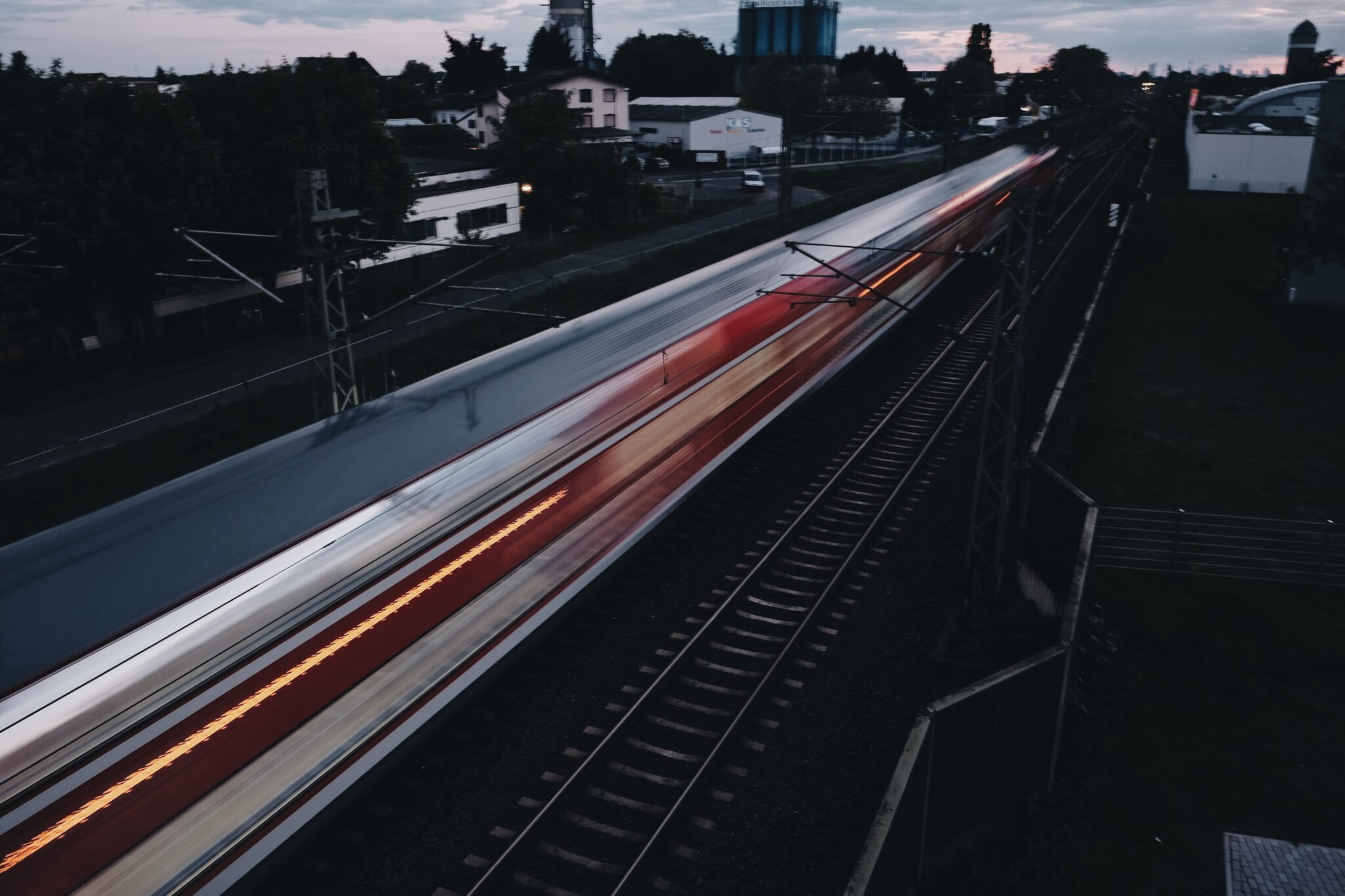
NSW Regional Travel Model for Faster Rail
End client
NSW Department of Premier and Cabinet and Transport for NSW
Services
Location
VLC was engaged by Transport for NSW to develop a regional travel model to support the NSW Government’s faster rail strategy.
Client requirements
VLC developed a regional travel model (RTM) to support the NSW Government’s faster rail strategy and provide inputs to future business cases for the faster rail corridors. The new regional model allows the NSW Government to assess passenger rail, road and air projects that affect travel in regional areas beyond the scope of existing urban models. This will initially be used to understand demand and economic feasibility of proposed faster rail corridors and the broader network envisaged in the Premier’s strategy. It will then be used for other road and rail projects across the State.
Delivered outcome
VLC collaborated with the Department of Premier and Cabinet and Transport for NSW (TfNSW) to develop the technical specifications of the new model, requiring wide-ranging consultation with end users. The specification document details all the modules of the model, and explains how to use telco data to estimate the demand models and to forecast.
VLC was then appointed as Technical Lead and Stated Preference Specialist, responsible for all aspects of model development. This included specification and estimation of all components of the demand model, including innovative approaches to use large-scale telco data in regional areas.
Advanced techniques from estimation and statistical packages in Python, Biogeme and R were used, including generalised linear models and nested logit forms. VLC evaluated alternative model forms against a range of criteria, considering their suitability for forecasting, sensitivity to policy variables as advised by TfNSW, and statistical metrics of model fit. Validation performance was assessed with multiple methods, including scatterplots, trip length distributions and mapping techniques to detect geographical biases.
Following the model estimation process, VLC oversaw implementation of the models within the RTM framework, and wrote the corresponding sections of the model documentation, providing future users of the model with a concise understanding of the model development process and outcomes.
As a part of this project, VLC developed a land-use model that integrates with the RTM. This land-use model covers all of NSW and allows the model user to assess the impact of state-wide transport scenarios on the distribution of population and jobs.